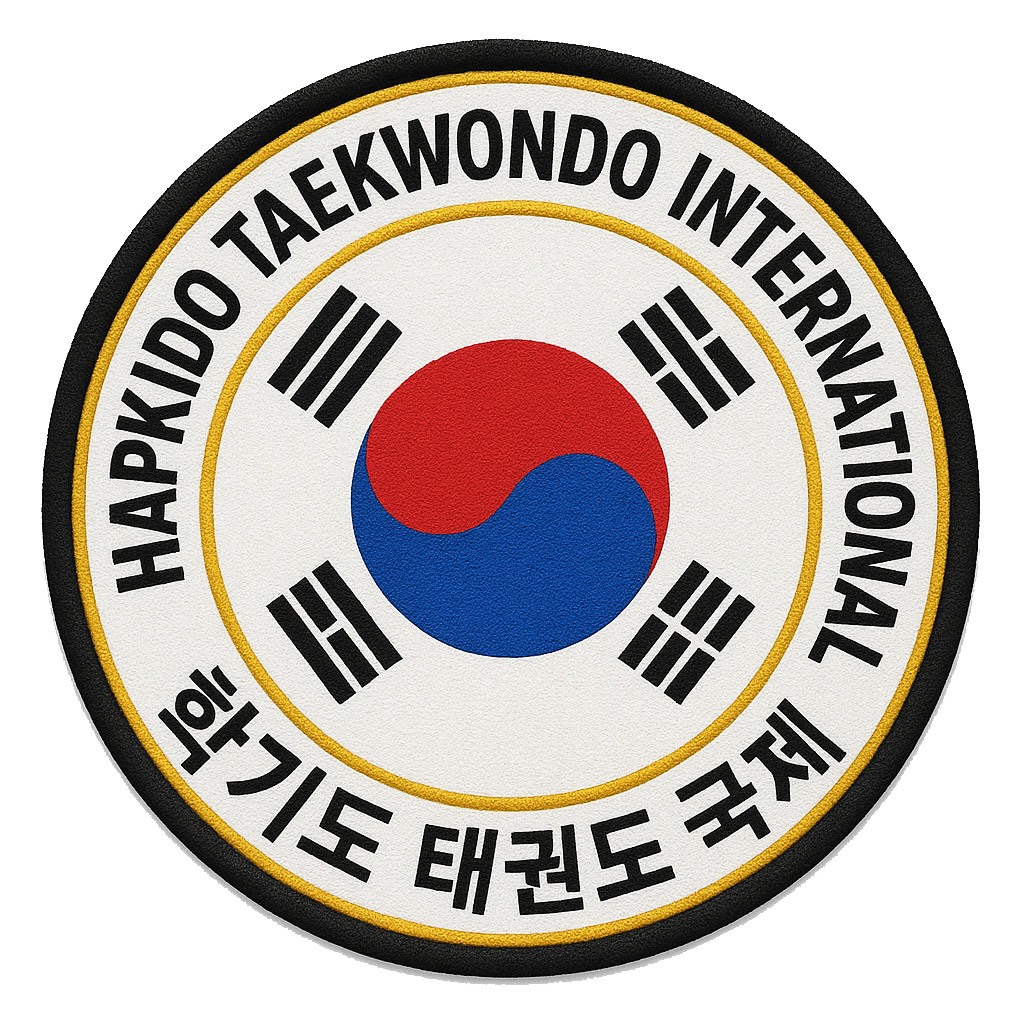Scott Shaw.com
Be Positive

Be Positive

Can I Practice the Martial Arts Without Fighting?
By Scott Shaw
“Can I practice the martial arts without fighting?” This is an interesting question I was asked the other day by a young person who was interested in studying the martial arts. The simply Zen-ness of the question put me in place of having so many answers and so many ways I could have answered. But, the simple answer is, “Yes.”
To elaborate…
True martial arts are not solely about fighting. Yes, historically, they grew out of the need for warlike self-defense and solider-to-solider combat. But, as far back as their inception there were always those practitioners who saw them as something much more than simply learning how to fight. Throughout the centuries there have been those individuals who refined these arts and made them more about developing physical and mental self-awareness than simply about combat.
From my own perspective, I literally grew up practicing a Korean style of martial arts, Hapkido, from the age of six forward. And, though Hapkido is not considered a hard-style martial arts, it is very much about self-defense and overcoming the opponent. When I was in my early teenage years some of my friends were studying the Five-Animal System of Kung Fu from Ark Yuey Wong (rightfully known as the father of American Kung Fu) in Chinatown. Sometimes I would go to watch them train and, due to the kind nature of Ark Yuey Wong, he would stand me up and either he would or he would have one of instructors teach me some moves. They were very different from what I had previously been exposed to. And, though I questioned their combat effectiveness, I immediately understood their meditative nature.
A bit later, I was also exposed to Tai Chi Chuan. Again, though I understood this was a system based upon ancient forms of physical combat, it was not combat orientated and, instead, was moving its practitioner towards a more refined level of mental and physical awareness.
Though Hapkido was my first art, when I was about twelve I also began to train in Taekwondo. A fact that many people do not know about Taekwondo is that in the mid to late 1960s and into the 1970s there were a few Taekwondo orientated gymnasiums in South Korea that were intentionally designed to turn out Taekwondo instructors that could take the art across the globe.
In South Korea, a male is drafted into the army at approximately nineteen years of age. While in military service, many a South Korean male was first exposed to Taekwondo training. Once they finish their required primary and their reserve time, some decided to make Taekwondo a career. For those, they could go to one of the aforementioned training facilities, intensively train for a year, and emerge as a 4th dan black belt, which made them an instructor level practitioner. From there, many of these people found their way to other countries where they established Taekwondo schools. This is why as immigration requirements began to be less restrictive in the various Western countries around this same time, a large amount of South Korean practitioners relocated and opened Taekwondo schools of self-defense.
Taekwondo is a hard style system of self-defense. But, in its early stages there was much more to this art than simply sparring. It was a truly refined and precise system of self-defense where weapons, weapon forms, various Ki development exercises, and meditation were all taught. This is why so many of the early practitioners of this art, myself included, looked down on the later direction Taekwondo took when it began to focus solely on competition and it became the national, “Sport,” of South Korea.
The point I am making is that, even a hard style system of self-defense like Taekwondo, at least at the point of its inception, was much more than simply a system of fighting. Thus, all styles of the martial arts have the potential to be more than simply a fighting art form.
“Can I practice the martial arts without fighting?” Yes, you can. But, the devil is in the details… Most school owners are operating their schools as business. It is their livelihood. Thus, they must cater to the needs of the masses. Do most people want to learn how to meditate? Do most people want to learn how to perform a physical meditation? Do most people wish to use the techniques inherent in the martial arts to unify their body and their mind and to raise themselves to a higher plane of consciousness? No. They want to learn how to defend themselves. Maybe they even want to gain the pride that comes from rising through the various belt levels of the martial arts. Thus, the martial arts are not held back by tradition to be primarily fighting arts, they are held back by the teacher and the students.
So yes, you can find a martial art style where you do not have to fight. This is where personally motivated exploration comes into play. Will most school owners tell a perspective student they do not have to fight if the question is asked? Of course they will. They are a businessperson. They want to sign up as many students as possible. But, just like in all things life—just like in all undertakings, you have to look beneath the surface, you have to listen beyond the words, you must seek the essence and reveal why any person is saying what they are saying. If you want to know what you are actually getting into, look beyond the obvious. There you can find a style of martial arts where you never need to fight.
Copyright © 2020—All Rights Reserved